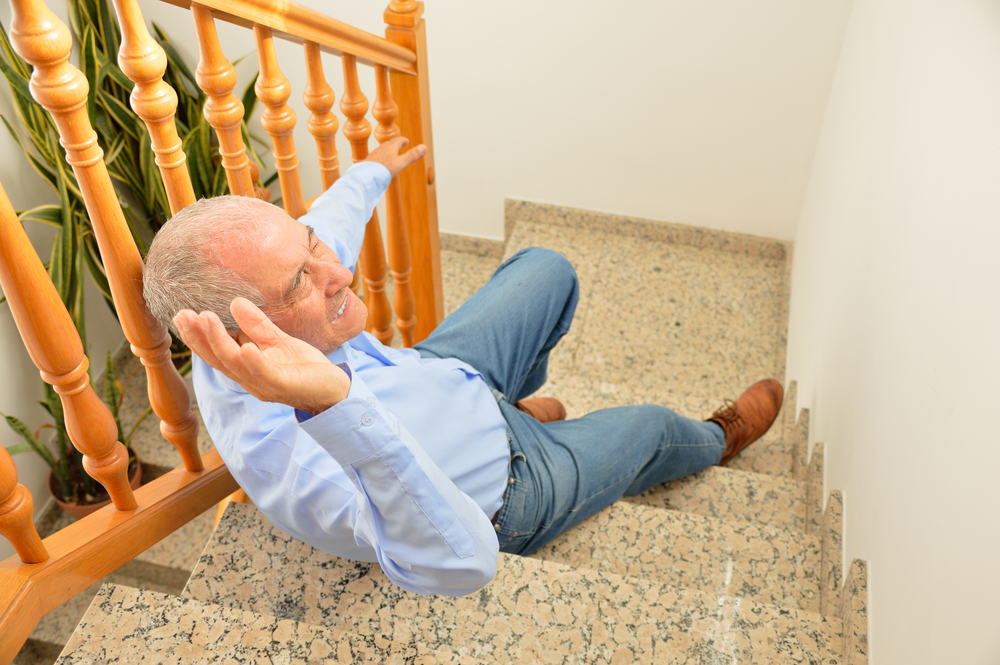Muscle Weakness Causes Most Falls, Near Falls in CMT Patients, Survey Finds

Falls and near falls are frequent in Charcot-Marie-Tooth disease patients and are the consequence of muscle and joint weakness, according to a patient self-reported questionnaire study.
The report “Frequency and circumstances of falls for people with Charcot–Marie–Tooth disease: A cross sectional survey” was published in the journal Physiotherapy Research International.
A group of researchers analyzed the frequency of falls in a large group using the Falls Events Questionnaire. Specifically, patients were asked to remember any fall or near falls in the past year. They also were asked to recall their last three falls.
“The questionnaire was posted to 252 people with clinically confirmed CMT [Charcot-Marie-Tooth] on the database of the clinical service at the Queen Square Centre for Neuromuscular Diseases, Queen Square in London,” study authors wrote.
Of the 252 questionnaires sent, researchers analyzed 107 questionnaires. In this group, 86% reported falling or nearly falling.
“If there is an assumption that the nonresponders did not fall as a worst‐case scenario, 35.3% of all surveyed reported falls (n = 252),” study authors wrote.
From those who responded to the questionnaire, almost 30% reported to have fallen once a month, 14% once a week and 4.7% once a day.
Eighty-six percent of the respondents reported near falls, which occurred at 25.4% and 27.3% once a month and once a week, respectively. The number of near falls once a day was increased and reported by 17.4% of the responders.
Most often, falls occurred at home (36.6%), but falls outdoors also were very frequent – reported by 28.6% of the respondents – usually because of uneven ground.
“Many falls occurred when walking (51.8%). Other less common scenarios were negotiating stairs, transfers, standing, reaching, carrying loads, performing activities of daily living, and external perturbations,” study authors wrote.
The most common reason for falls was muscular weakness (23.9%), including failure to move legs as needed, foot drop, and joints giving way.
Additional causes included loss of balance or specific ankle instability, as well as other less-frequent causes such as fatigue, lack of sensation, and reduced concentration, among others.
Near falls occurred mostly during walking (63.4%) and less frequently during negotiating steps (8%) and during physical activities, such as golf or hiking (8%).
Overall, “people with CMT [Charcot-Marie-Tooth] report a high frequency of falls, compared to literature on falls in community dwelling adults and frequent near falls. These events most commonly occur when walking in the home,” the study concluded.





